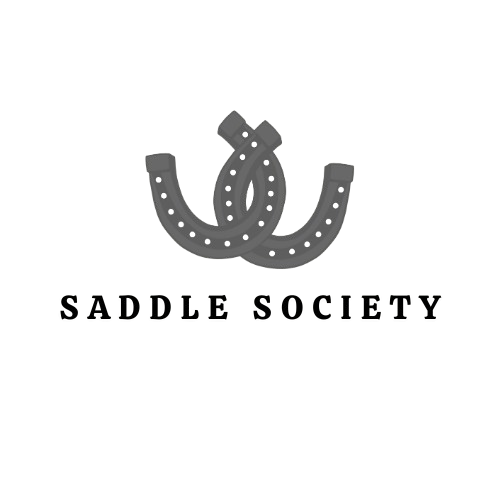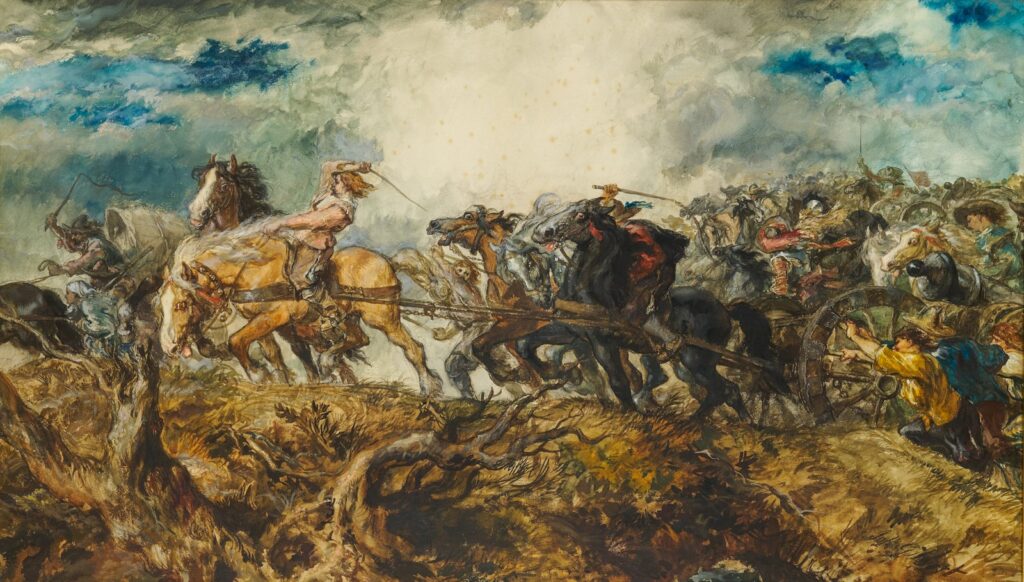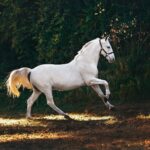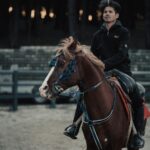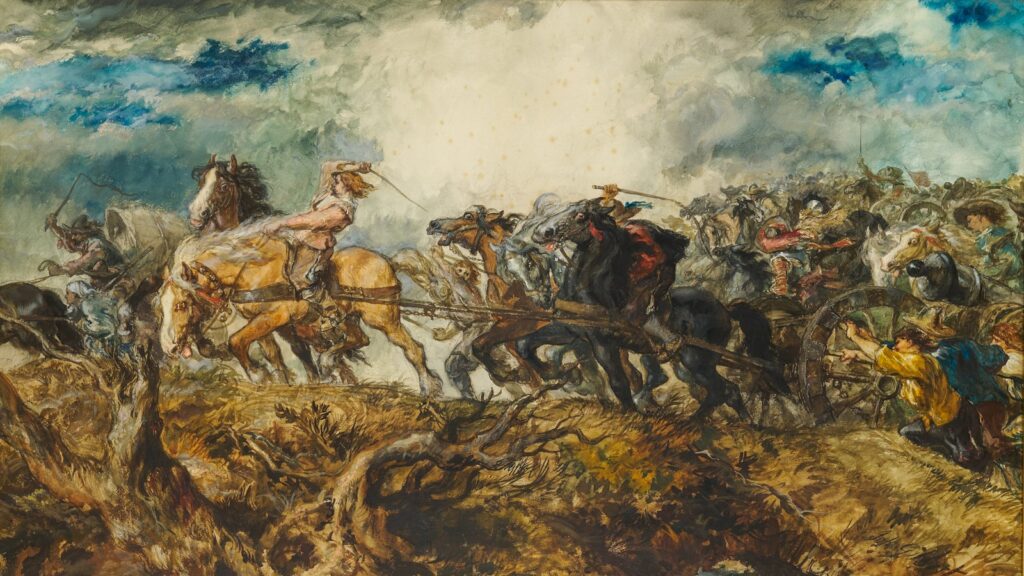
Throughout human history, mythical mares have galloped through our collective imagination, leaving profound impressions on cultures worldwide. From the fire-breathing mares of Diomedes to Sleipnir, the eight-legged steed of Odin, these supernatural equines have fascinated and frightened us in equal measure. The relationship between riders and mythical mares reflects a fascinating psychological and cultural phenomenon that divides enthusiasts into passionate advocates and wary skeptics. This divide isn’t merely about personal preference—it reveals deeper truths about how we relate to power, nature, and the unknown. Whether revered as divine messengers or feared as harbingers of chaos, mythical mares continue to provoke strong reactions that tell us as much about ourselves as they do about these legendary creatures.
The Ancient Allure of Mythical Mares
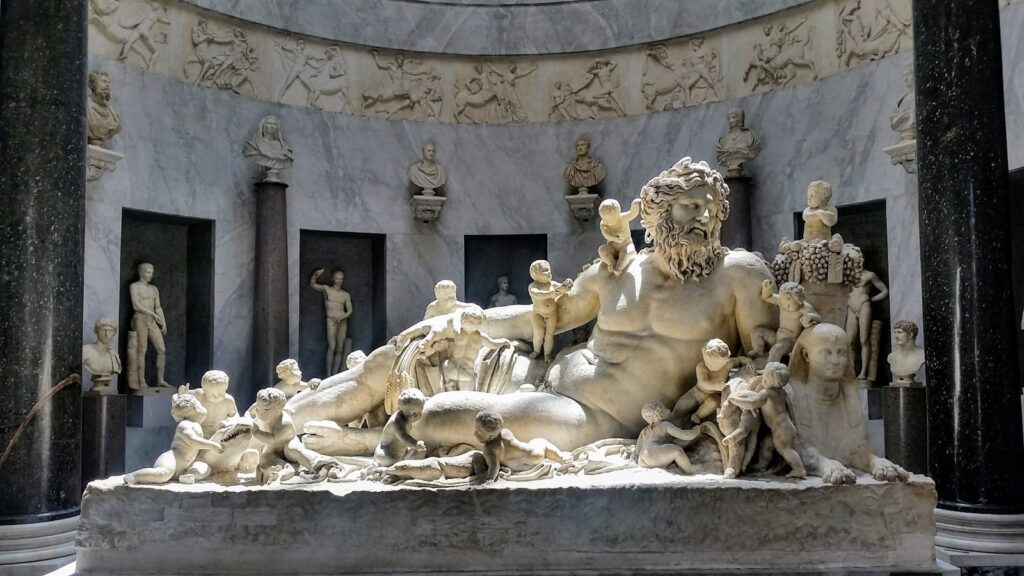
The fascination with mythical mares dates back to our earliest civilizations, where they frequently appeared in creation myths and heroic tales. In Greek mythology, Poseidon created the first horse by striking the earth with his trident, while Celtic legends speak of water horses emerging from lakes and seas. These early stories often depicted mares as possessing supernatural powers—from immortality to the ability to traverse between worlds. Archaeological evidence suggests that horse worship was widespread in many ancient cultures, with female horses holding particular significance for fertility and lunar cycles. The mare’s natural cycle aligned with the moon made them powerful symbols of feminine energy and cosmic order, establishing a symbolic foundation that would influence perceptions of mythical mares for millennia to come.
Cultural Variations in Mare Mythology
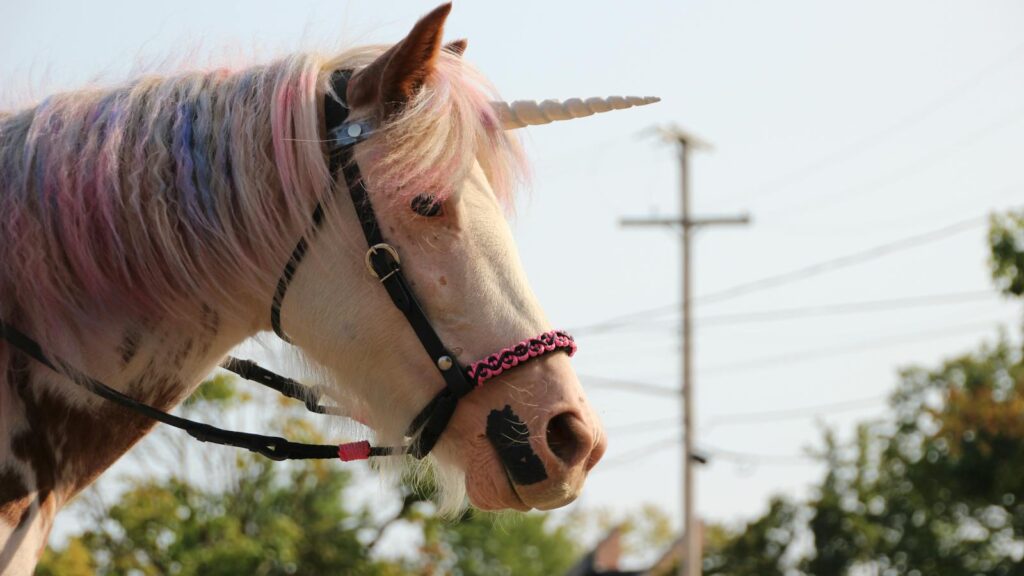
Across different civilizations, mythical mares have embodied strikingly different characteristics, reflecting each culture’s values and fears. In Norse mythology, the mare Sleipnir born of Loki represented speed and transcendence, capable of traveling between the nine worlds. Chinese mythology features heavenly mares that could fly and were associated with dragons, symbolizing imperial power and divine connection. Meanwhile, Slavic folklore portrayed the ghostly Poludnitsa, a mare spirit who protected fields but punished those who worked during forbidden hours. These cultural variations explain why modern enthusiasts might be drawn to different types of mythical mares based on their cultural heritage or the values they personally prioritize. The diversity of mare symbolism around the world demonstrates how these creatures have served as powerful vessels for human imagination and cultural expression throughout history.
The Psychology Behind Mare Attraction
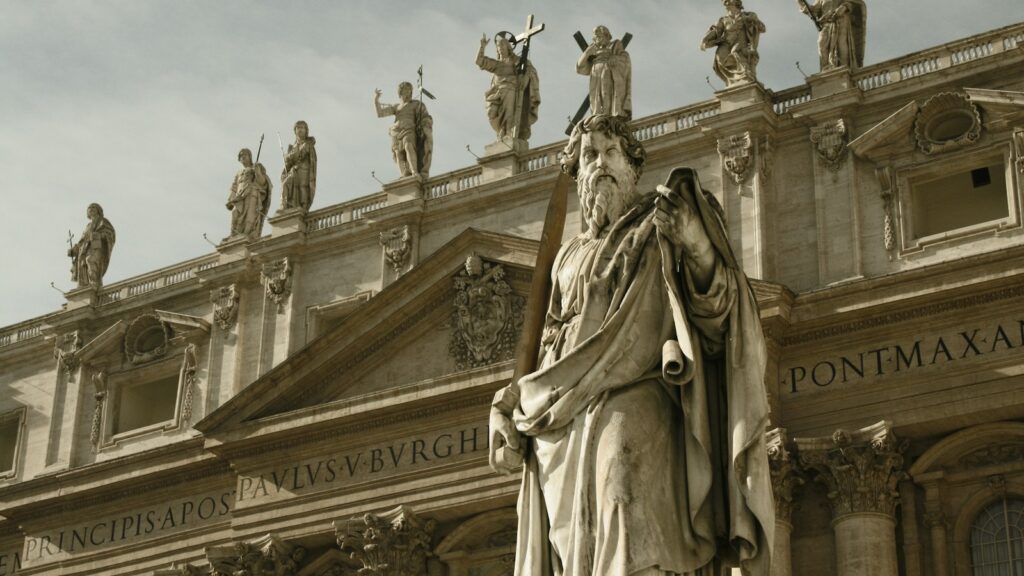
For many riders drawn to mythical mares, the attraction stems from deep-seated psychological factors that transcend simple aesthetic preferences. Psychologists note that individuals who feel particularly connected to mythical mares often demonstrate high scores in openness to experience and magical thinking on personality assessments. The mare’s traditional associations with intuition, emotional intelligence, and cyclical wisdom resonate strongly with those who value these qualities in themselves. Research in equine-assisted therapy has found that people often project their own emotional needs onto horses, suggesting that those who feel drawn to mythical mares may be subconsciously seeking connection with aspects of themselves that feel wild, free, or magical. Additionally, the inherent paradox of mares—simultaneously nurturing and fierce, domesticated yet wild—appeals to individuals comfortable with complexity and contradiction in their own identities.
Fear and Apprehension: The Mare Skeptics
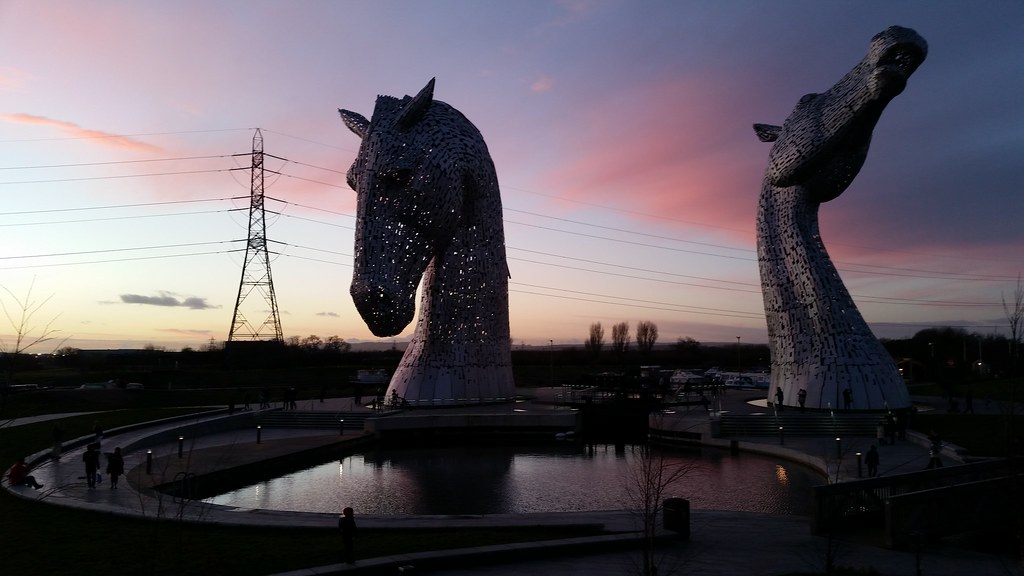
Despite their allure, mythical mares have also inspired significant fear throughout history, explaining why some riders actively avoid these legendary creatures. Folklore across numerous cultures contains cautionary tales of kelpies, each-uisge, and other predatory water horses that would entice humans to mount them, only to dive underwater and devour their riders. This association with trickery and death has cemented a deep cultural wariness about mysterious mares. Historical records from medieval Europe document widespread beliefs that mares were more unpredictable than stallions, particularly during certain lunar phases. Contemporary equestrians sometimes perpetuate these beliefs with anecdotes about “mare moods” and unpredictable behavior. Those with more conservative or risk-averse personalities typically express greater discomfort with the untamed, chaotic aspects often attributed to mythical mares, preferring the perceived reliability of their mundane counterparts.
Feminist Perspectives on Mythical Mare Symbolism
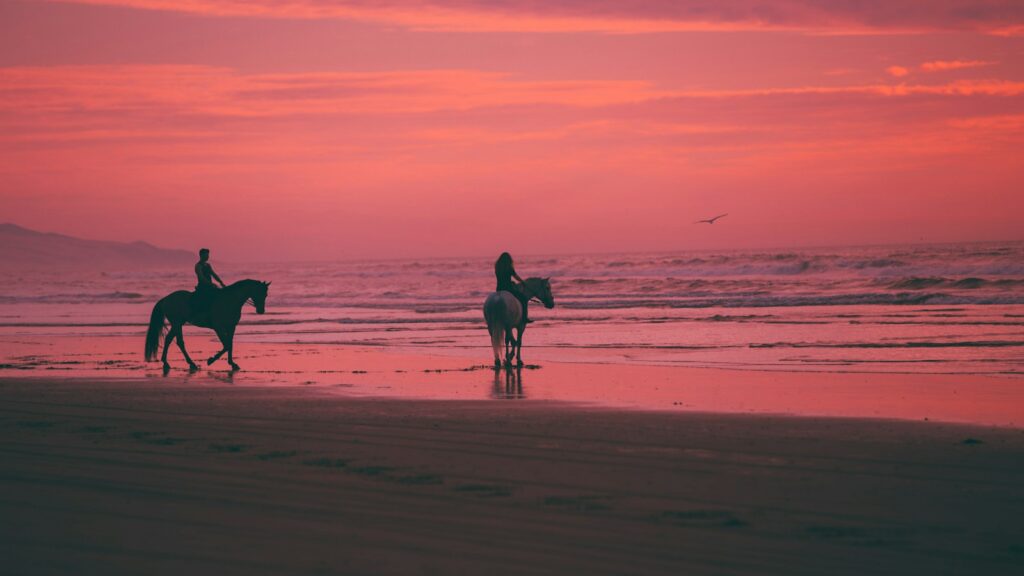
Modern feminist scholarship has reimagined mythical mares as powerful symbols of female autonomy and resistance against patriarchal control. The reclamation of mare mythology parallels broader cultural movements to redefine feminine power on its own terms. Scholars point to how historically, mare worship was suppressed during periods of increasing male religious dominance, suggesting an intentional effort to control feminine symbolism. Contemporary writers like Clarissa Pinkola Estés use the wild mare as a metaphor for women’s untamed nature in works such as “Women Who Run With the Wolves.” Riders who embrace mythical mares often cite this feminist reinterpretation as a source of personal empowerment, seeing their connection to these creatures as an act of reclaiming suppressed aspects of feminine power. This perspective helps explain why mythical mares have experienced a resurgence in popularity among certain groups seeking alternatives to traditional power structures.
Literary Appearances and Their Impact

Literature has played a crucial role in shaping modern perceptions of mythical mares, creating powerful archetypes that continue to influence enthusiasts and skeptics alike. From the nightmarish horses of apocalyptic visions to the gentle unicorns of children’s stories, these literary representations have established enduring mare archetypes. J.R.R. Tolkien’s shadowfax and C.S. Lewis’s talking horses in Narnia created images of noble, intelligent equines that appealed to readers’ sense of wonder and partnership. Contemporary fantasy literature continues this tradition with works like Mercedes Lackey’s “Valdemar” series featuring magical horse companions with deep telepathic bonds to their riders. These literary portrayals have cultivated generations of readers who long for the deep spiritual connection depicted between rider and mythical mare, while simultaneously reinforcing fears among those who interpret these same stories as cautionary tales about the dangers of untamed natural forces.
The Mare in Popular Culture
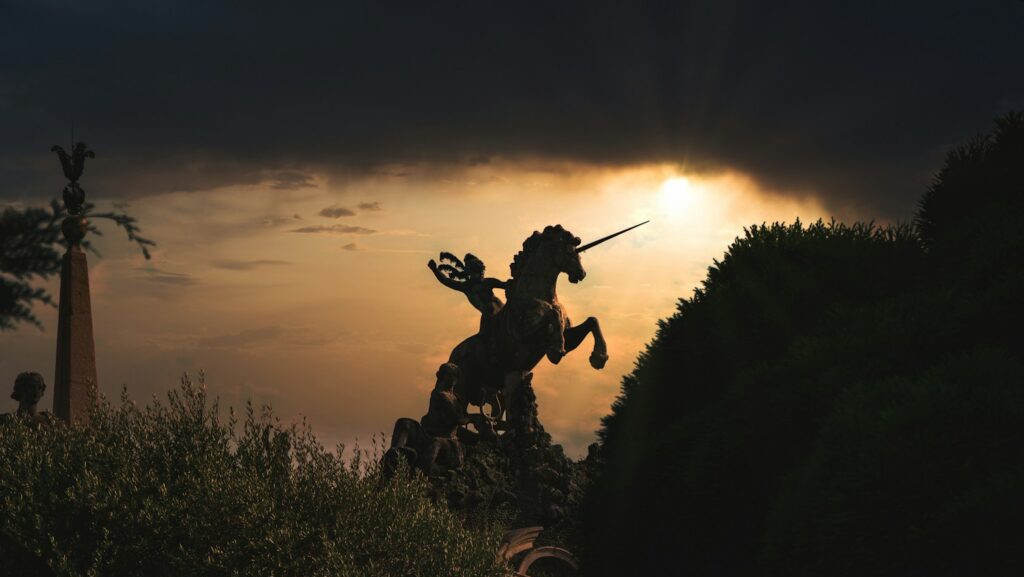
Modern entertainment has dramatically reshaped public perception of mythical mares, often amplifying either their majestic or terrifying aspects. Films like “The Last Unicorn” and “Clash of the Titans” presented starkly different visions of supernatural equines that imprinted on entire generations. Video games featuring summonable mare mounts with supernatural abilities have created new enthusiasts who develop emotional attachments to these digital companions. Social media has further transformed mare mythology, with platforms like TikTok and Instagram featuring viral content about “mare energy” and “mare core” aesthetic trends that combine traditional folklore with contemporary sensibilities. This pop culture saturation has both trivialized and revitalized interest in mythical mares, creating new communities of enthusiasts while sometimes reinforcing stereotypes that contribute to the divide between admirers and skeptics.
The Spiritual Connection: Riders Who Seek Transcendence
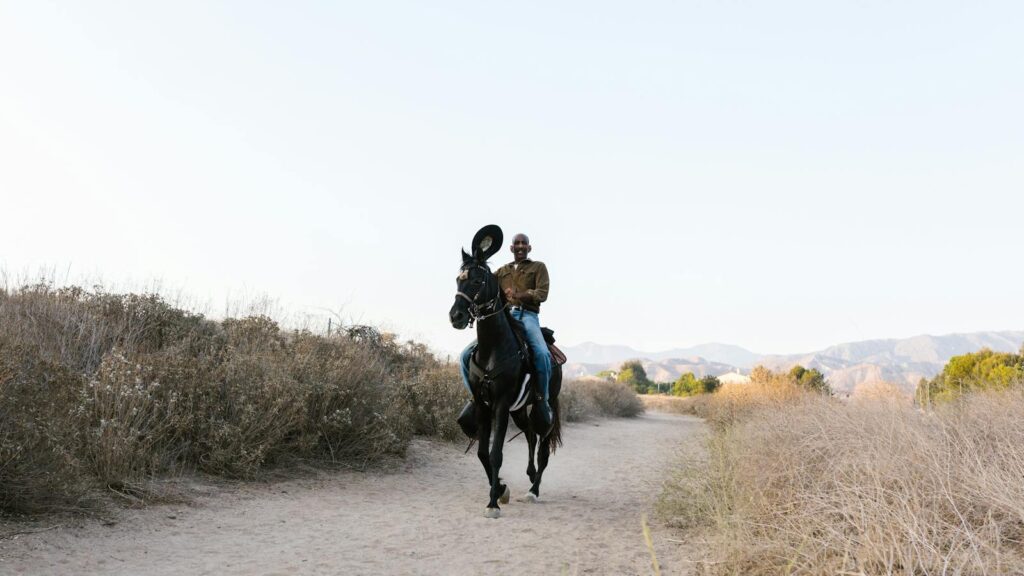
For many devoted enthusiasts, mythical mares represent far more than fascinating creatures—they embody a spiritual pathway to transcendent experiences and personal transformation. Historical shamanic traditions across Siberia, Mongolia, and parts of Europe featured rituals where practitioners would “ride” spirit mares between worlds to gain wisdom or healing powers. Modern spiritual practitioners often report powerful experiences during meditation or dreamwork involving mythical mares who serve as guides or teachers. These spiritual connections typically involve a sense of being chosen or recognized by the mare spirit, creating profound emotional bonds that skeptics may find difficult to understand. Practitioners of various neo-pagan and nature-based spiritualities have developed specific rituals to honor mare deities and archetypes, seeing these practices as ways to connect with ancient wisdom and natural cycles that modern life has obscured.
Scientific Perspectives on Mare Behavior
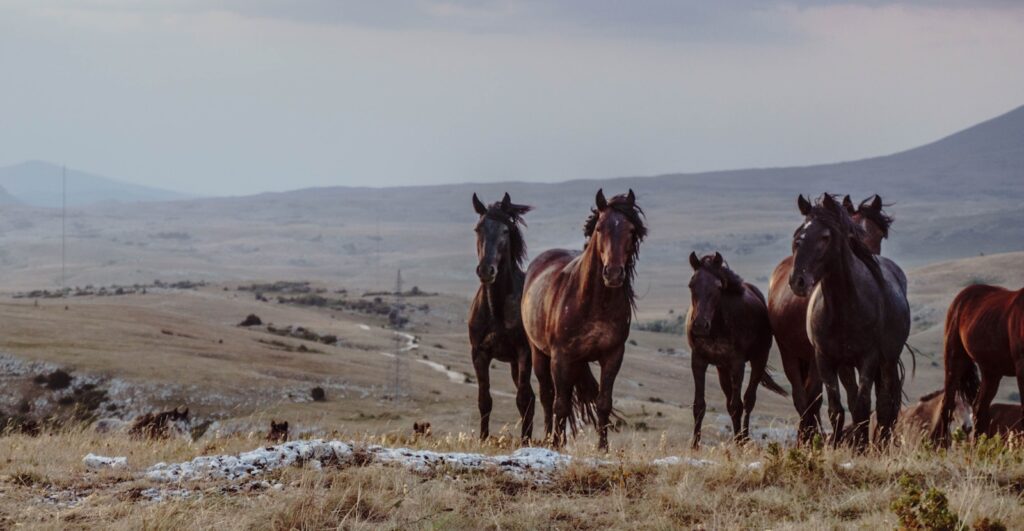
The scientific study of actual equine behavior provides fascinating insights into why mythical mares have developed their contradictory reputations. Ethologists have documented that mares typically demonstrate more complex social behaviors than stallions, maintaining sophisticated herd hierarchies and communication systems. Hormonal studies reveal that mares do experience behavioral changes during estrus cycles, though these are far more subtle and variable than folklore suggests. Neurobiological research indicates that mares often demonstrate higher emotional intelligence than males of the species, with greater sensitivity to human emotional cues. These scientific findings suggest that the mythological attributes of mares—their intuition, changeability, and emotional depth—may have roots in observable biological differences, explaining why some riders feel particularly drawn to mares while others find their sensitivity challenging to manage.
The Role of Personal Experience
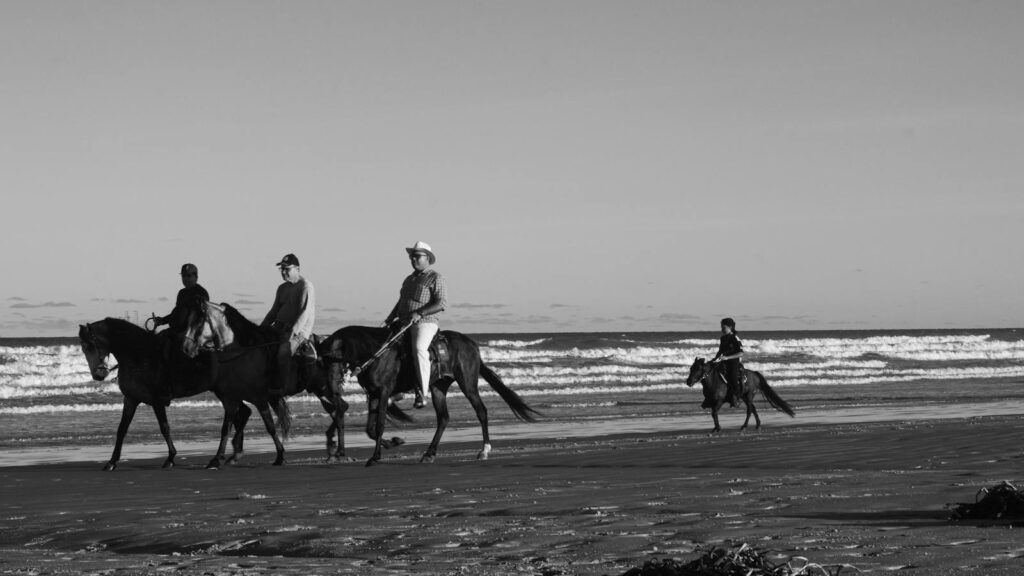
Perhaps no factor influences attitudes toward mythical mares more powerfully than personal experience with their earthly counterparts. Riders who have formed strong bonds with real-world mares often report feeling more connected to mythological stories about these creatures, finding resonance between ancient tales and their lived experiences. Traumatic experiences with unpredictable or difficult mares can similarly predispose individuals to fear or skepticism about mythical mare narratives. Equestrian professionals note that a rider’s first significant experiences with horses—particularly during formative years—tend to shape their lifelong perceptions and preferences. Behavioral scientists suggest that confirmation bias plays a significant role in perpetuating both positive and negative attitudes, as riders tend to notice and remember behaviors that confirm their existing beliefs about mares while discounting contrary evidence.
The Mare-Stallion Dichotomy in Mythology
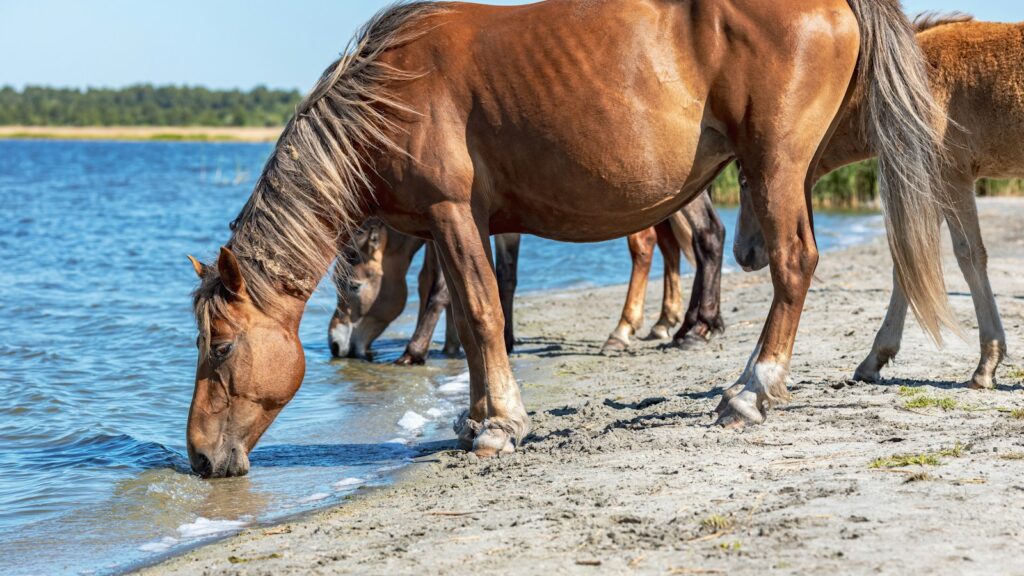
The contrasting mythological treatments of mares and stallions reveal much about historical gender dynamics and their influence on contemporary perceptions. While stallions typically symbolized solar energy, conquest, and visible power in mythology, mares were associated with lunar cycles, mystery, and hidden knowledge. This binary division created distinct archetypal patterns that continue to influence how modern enthusiasts relate to mythical equines. Historical texts from medieval Europe reveal a fascinating paradox wherein mares were simultaneously considered inferior for warfare yet superior for certain magical practices, particularly those involving healing or divination. These deeply embedded cultural associations help explain why some riders instinctively trust the perceived straightforwardness of stallion energy while feeling either drawn to or wary of the more cyclical, mysterious qualities attributed to mares.
Reconciling the Mare Divide
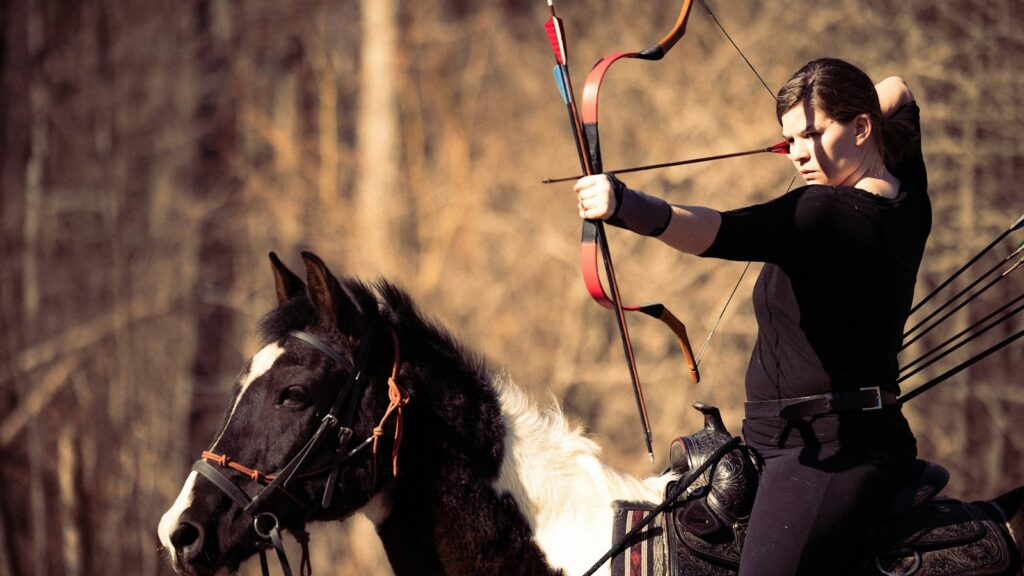
Despite the polarized perspectives on mythical mares, many contemporary scholars and equestrians advocate for a more nuanced understanding that acknowledges both the wonder and wisdom in these ancient archetypes. Cultural historians point out that the fear of mythical mares often reflects broader societal anxieties about feminine power and natural forces beyond human control. Modern equestrian communities increasingly recognize that mare behavior—both in mythology and reality—represents complex adaptation rather than simple unpredictability. Psychological research suggests that our reactions to mythical mares often reveal more about our relationship with our own intuitive and emotional natures than about the creatures themselves. By examining what draws us toward or repels us from these powerful symbols, we gain valuable insights into our own psychological landscape and cultural conditioning.
conclusion
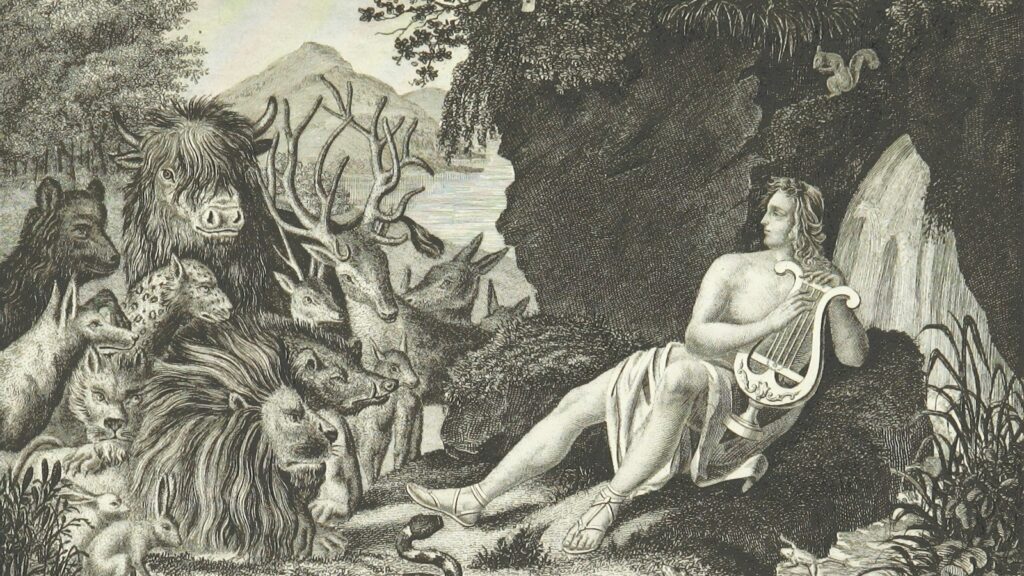
Whether loved or feared, mythical mares continue to gallop through our collective imagination, challenging us to reconsider our relationship with mystery, power, and the natural world. Their enduring presence across cultures and throughout time speaks to something fundamental in the human experience—our simultaneous longing for and fear of forces greater than ourselves. For those who love them, mythical mares represent freedom, intuition, and transformation; for those who don’t, they embody unpredictability and hidden danger. Both perspectives contain valuable truths that, when taken together, offer a more complete understanding of these complex symbols and what they reveal about our own nature. Perhaps in bridging this divide, we might discover that, like the mythical mare herself, we contain multitudes—capable of both fierce independence and profound connection.
